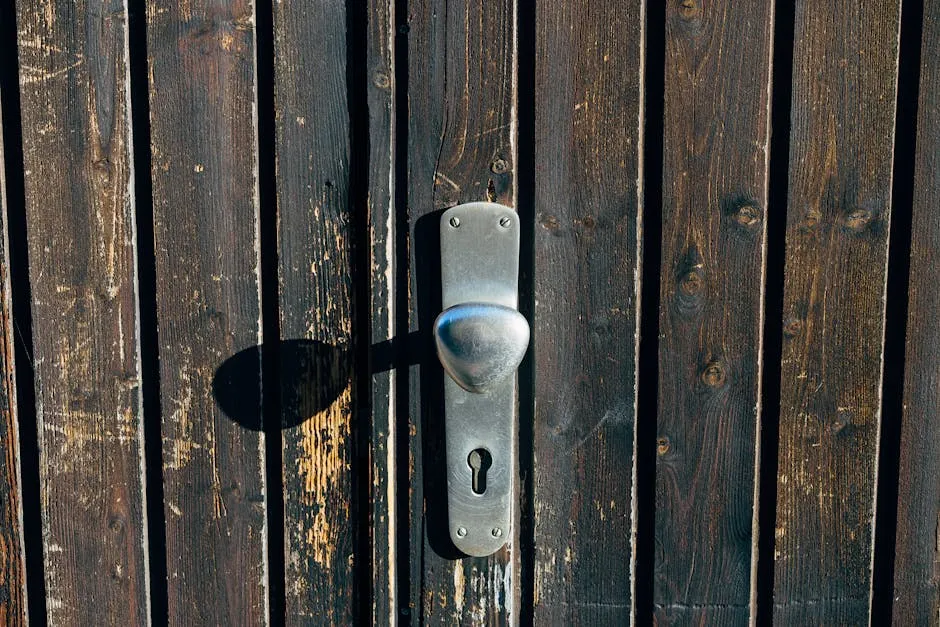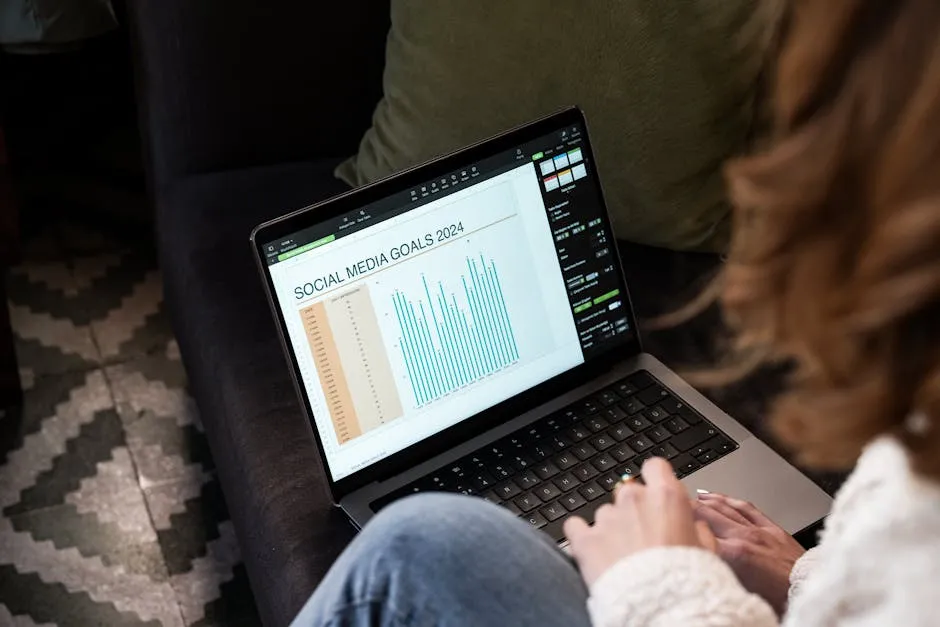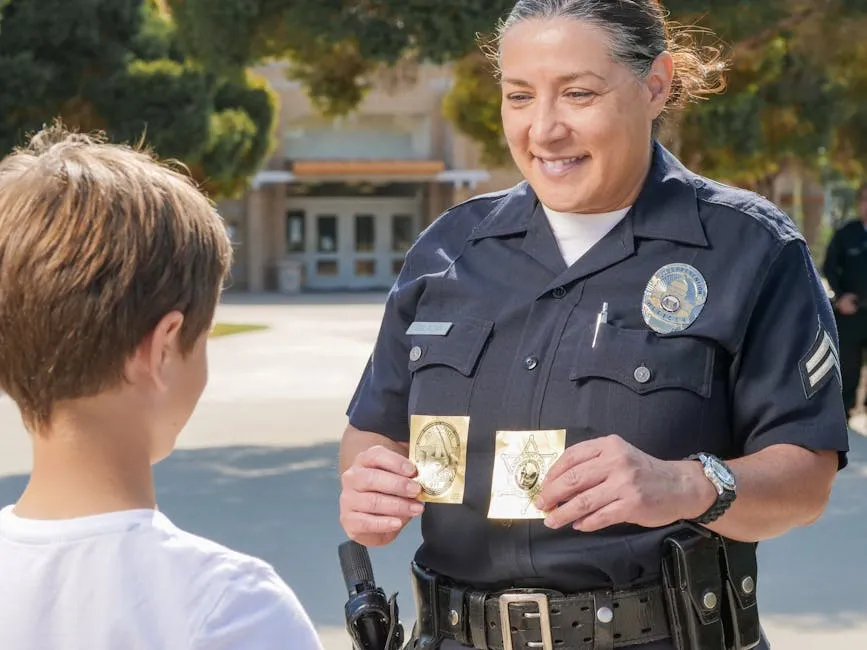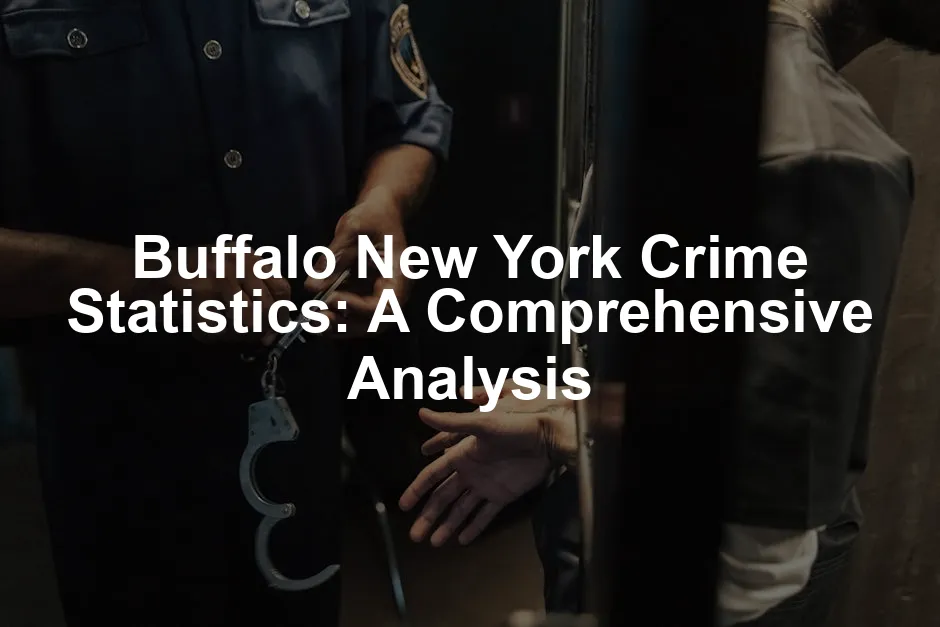Introduction
Buffalo, New York, isn’t just famous for its wings and snow; it’s also known for its complex crime landscape. As the second-largest city in New York State, Buffalo has garnered attention for its notable crime statistics, which can raise eyebrows and concerns. Understanding these crime rates is crucial for residents, potential movers, and policymakers alike.
For residents, knowing the crime statistics can help them feel safer or identify areas that may require extra caution. Potential movers often seek out crime data to make informed decisions about their future homes. Policymakers, on the other hand, rely on these statistics to devise effective strategies for community safety and resource allocation.
This article aims to provide a comprehensive overview of crime statistics in Buffalo. We’ll look into trends over the years, comparisons with other cities, and insights into community safety. With crime rates fluctuating based on various factors, it’s essential to stay informed and understand how these statistics affect daily life in Buffalo. By examining the data, we can foster a more secure environment and encourage community engagement in safety initiatives.

For a deeper understanding of the statistical learning aspects that can be applied to crime data analysis, check out this article on an introduction to statistical learning with Python.
Understanding Crime Statistics
What Are Crime Statistics?
Crime statistics are numerical representations of crime occurrences within a specific area over a designated period. They play a significant role in law enforcement and public policy, allowing officials to identify trends, allocate resources, and implement preventive measures. These statistics can be broken down into two primary classifications: violent crimes and property crimes.
Violent crimes include offenses such as homicides, rapes, robberies, and aggravated assaults. These crimes typically involve direct harm to individuals and can have lasting impacts on victims and communities. Property crimes, on the other hand, encompass burglary, theft, and motor vehicle theft. While they may not involve direct harm to a person, property crimes can disrupt lives and create a sense of vulnerability within neighborhoods.

Overview of Crime Data Sources
To ensure accuracy in crime analysis, various sources provide crime data. One of the primary sources is the FBI’s Uniform Crime Reporting (UCR) Program, which compiles data from nearly 18,000 law enforcement agencies across the country. Local police reports also contribute to this data pool, providing specifics on incidents that may not be captured in broader statistics. Community surveys further enhance our understanding, offering insights into residents’ perceptions of safety and crime.
Reliable data from these sources is crucial for accurate analysis. When it comes to crime, numbers tell stories. They inform residents about safety levels and help policymakers make data-driven decisions. With a better grasp of crime statistics, communities can work together to address safety concerns proactively, fostering a more secure environment for all.
Speaking of community safety, why not enhance your personal security with a Personal Safety Alarm Keychain? It’s an easy-to-use device that can alert others in case of an emergency, giving you peace of mind as you navigate through life.

Crime Trends in Buffalo
Historical Overview
Buffalo’s crime trends tell a complex story. From 2006 to the present, the city has experienced a significant transformation. Overall, Part I crimes have dropped by a commendable 33%. This includes various crime categories like homicides, assaults, and property crimes. Let’s break it down year by year, shall we?
In 2006, the city faced a staggering number of crimes, with violent crimes dominating the statistics. Fast forward to 2023, and we’ve seen some impressive declines. For instance, in 2006, Buffalo recorded 60 homicides, while the numbers dropped to 38 in 2023. It’s a remarkable journey, showcasing resilience and community efforts in crime reduction.

Homicides
Homicides in Buffalo have fluctuated over the years, with some notable spikes. The COVID-19 pandemic brought a surge in violence, with 71 homicides reported in 2022. However, as the dust settled, 2023 marked a significant decrease, with only 38 homicides. This drop indicates a shift in the city’s crime landscape, as communities and law enforcement agencies have ramped up efforts to curb violence.
The average homicide rate from 2006 to 2023 stands at 53 per year. While the pandemic years brought chaos, the recent statistics suggest a return to a downward trend. This gives hope to residents seeking a safer environment and highlights the importance of community policing and engagement.
If you want to dive deeper into the psychology of crime, consider reading “The New Jim Crow: Mass Incarceration in the Age of Colorblindness” by Michelle Alexander. It’s an eye-opening read that delves into systemic issues surrounding crime and incarceration.

Assaults and Violent Crimes
When it comes to assaults, Buffalo has seen a 30% decrease from 2006 to 2023. That’s not just a drop; that’s a significant change! In total, 29,542 assaults were reported over this period, with aggravated assaults being a substantial part of this figure.
The community has felt the impact of these changes, as fewer assaults contribute to an overall sense of safety. However, the statistics show fluctuations, particularly during certain months, where community events or social circumstances can lead to temporary spikes. Keeping an eye on these trends is vital for ongoing safety and awareness.

Robberies and Thefts
Robberies in Buffalo have seen a drastic decline of 71% from 2006 to 2023. That’s a massive win for the city! Back in the day, 2006 saw over 2,000 robberies; in 2023, that number dropped significantly. It seems that community initiatives and police engagement have paid off.
Property crimes, however, tell a different tale. While robberies have declined, larcenies and burglaries remain concerning. Between 2006 and 2023, there were 139,372 larcenies reported, which is a 23% decline. Yet, the numbers indicate that property crimes are still prevalent, with 53,677 burglaries recorded during the same period.
Motor vehicle thefts have also been a hot topic. The city reported 21,823 motor vehicle thefts since 2006. Although the overall trend shows some decline, 2020 saw a spike, which continues to be an area for improvement.

Seasonal Crime Trends
Crime rates in Buffalo aren’t static; they fluctuate seasonally. Warmer months often see a rise in crime rates, particularly in violent categories. The increase is likely due to more people engaging in outdoor activities and events, leading to more opportunities for criminal activity.
For instance, burglaries typically peak during the summer months. In July 2014, there were 268 burglaries reported. Fast forward to July 2023, and that number has dropped to 133, marking a 50% decrease. This trend suggests that community awareness and law enforcement efforts are making a difference.
Additionally, if you’re looking to improve your home security, consider a Home Security Camera System. Keeping an eye on your property can deter potential thieves and give you peace of mind.

In conclusion, Buffalo’s historical crime trends show a city in transition. With significant reductions in homicide and robbery rates, the community has much to be proud of. However, challenges remain, particularly in property crimes and seasonal fluctuations. By staying vigilant and involved, residents can continue to foster a safer environment for all.
Current Crime Statistics
Overall Crime Rate
Buffalo, New York, has a total crime rate of 41 per 1,000 residents, which is significantly higher than national averages. The overall crime incidents in Buffalo reached a staggering 11,302, showcasing the city’s ongoing struggle with crime. To break it down, the violent crime rate stands at approximately 7.48 per 1,000 residents, while property crime is at 33.40 per 1,000. In comparison, New York State’s violent crime rate is about 4.29 per 1,000 residents, and the national average is 4.0. Clearly, Buffalo’s crime rates are a cause for concern, both for residents and local authorities.
The total number of violent crimes reported in 2022 was 2,068, which includes 67 homicides, 124 rapes, 540 robberies, and 1,337 assaults. On the property crime side, 9,234 incidents were recorded, with burglaries accounting for 1,354, larceny-thefts for 6,336, and motor vehicle thefts for 1,544. These figures suggest that while some progress has been made in combating violent crime, property crimes remain a pressing issue in the city.

Crime Breakdown by Type
A deeper look into the crime statistics reveals a clearer picture of Buffalo’s crime landscape. The following table summarizes the violent and property crime statistics:
| Crime Type | Total Incidents | Rate per 1,000 Residents |
|---|---|---|
| Violent Crimes | 2,068 | 7.48 |
| Homicides | 67 | 0.24 |
| Rapes | 124 | 0.44 |
| Robberies | 540 | 1.93 |
| Assaults | 1,337 | 4.84 |
| Property Crimes | 9,234 | 33.40 |
| Burglaries | 1,354 | 4.96 |
| Larceny-Theft | 6,336 | 23.32 |
| Motor Vehicle Theft | 1,544 | 5.61 |

Violent Crimes
Violent crimes in Buffalo have shown variability but are still a significant concern. The homicide rate of 67 is alarming, especially when compared to the state average of 24.3. Assault remains the most common violent crime, with 1,337 cases reported, contributing heavily to the city’s overall crime statistics. Rapes, while concerning, have seen a decline, standing at 124 incidents.

Property Crimes
Property crimes are where Buffalo sees its highest numbers. Larceny-theft alone accounts for over 6,300 incidents, making it the most frequently reported crime in the city. Motor vehicle theft is particularly problematic, with over 1,500 incidents recorded. This trend suggests that while violent crime is being addressed, property crime continues to plague residents, causing both economic loss and emotional distress.

Community Impact
The implications of these crime statistics extend far beyond mere numbers—they affect community safety and the perceptions of residents. A recent survey indicated that only 24% of Buffalo residents feel secure in their neighborhoods. The remaining 76% express concerns about crime, particularly when walking alone at night.
Residents have voiced their worries about becoming victims of crime, particularly property-related offenses. This fear can hinder community engagement and contribute to a sense of isolation among residents. Notably, the perception of crime in Buffalo is not just about statistics; it’s about the lived experiences of its citizens.
If you’re looking for ways to enhance your household safety, a Home Security System with Monitoring could be a wise investment. It provides an added layer of protection and peace of mind for you and your family.

In conclusion, the crime statistics in Buffalo paint a complex picture. While there have been declines in some areas, the overall crime rate remains high, especially regarding property crime. The impact on community safety and resident perceptions cannot be overlooked, underscoring the need for continued efforts to improve the safety and well-being of Buffalo’s neighborhoods.
Comparative Analysis
Buffalo vs. Other Cities
Buffalo, New York, isn’t alone in its crime challenges. Let’s put it side by side with its peers, like Rochester and Syracuse. Buffalo has a total crime rate of 41 per 1,000 residents. In comparison, Rochester sits at around 51 per 1,000, while Syracuse weighs in at about 49 per 1,000. So, Buffalo is relatively better off, but not by much.
When we look at violent crime, Buffalo’s rate stands at 7.48 per 1,000 residents. Rochester grapples with a much higher rate of 10.5, and Syracuse hovers around 9.4. This means Buffalo is faring somewhat better in violent crime than its neighbors. However, it’s essential to remember that crime rates fluctuate, and these numbers can sometimes paint a misleading picture.
On a national scale, Buffalo ranks as one of the higher crime cities in America. It sits within the top 10% of cities for violent crime, which is a hefty statistic. The city’s struggles with crime have drawn the attention of local officials, who are keen on finding solutions.

Neighborhood Crime Rates
Buffalo’s neighborhoods present a mixed bag of safety. Some areas shine as beacons of peace, while others could use a little extra love. For instance, neighborhoods like University at Buffalo East and North Forest Acres boast lower crime rates. They are often seen as safer havens for families and students alike.
On the flip side, areas like Emerson and Grider are notorious for higher crime rates. Residents in these neighborhoods often express concerns about their safety, especially during nighttime hours. A bit of statistical insight reveals that neighborhoods like Emerson report a violent crime rate of 12 per 1,000 residents, while North Forest Acres reports only about 3 per 1,000.
Overall, the crime dynamics in Buffalo highlight the importance of awareness. By knowing which neighborhoods are safer and which ones warrant caution, residents can make informed choices about where to live and how to engage with their community.

Community Response and Law Enforcement
Buffalo Police Department Initiatives
The Buffalo Police Department has been proactive in addressing crime through various initiatives. One significant effort is the community policing strategy, which emphasizes building relationships between officers and residents. By fostering trust, the police aim to create safer neighborhoods. Programs like “Coffee with a Cop” invite residents to share concerns in a friendly environment.
Moreover, the department has ramped up its outreach programs. Initiatives focus on youth engagement, promoting safety through education. By collaborating with schools and local organizations, police are working to deter potential criminal behavior before it starts.
Additionally, the Buffalo Police Department has employed data-driven strategies. By analyzing crime patterns, they can allocate resources more effectively. This approach helps ensure that high-crime areas receive the attention they need.

Public Sentiment and Community Involvement
Community sentiment plays a vital role in shaping public safety perceptions. According to recent surveys, only 24% of Buffalo residents feel secure in their neighborhoods. The remaining 76% express concerns about crime, particularly when walking alone at night. These statistics highlight a significant gap in community trust.
However, residents are not sitting idle. Community-led efforts have emerged to tackle local crime issues. Neighborhood watch groups and community forums provide platforms for residents to voice their concerns and collaborate on safety initiatives. These grassroots movements are crucial in enhancing neighborhood safety.
Buffalo residents are also vocal about their views on law enforcement’s effectiveness. Many appreciate the visible presence of police in their neighborhoods, but some feel that response times could improve. Such insights are invaluable for the police department as they seek to bolster community trust and safety.
In summary, Buffalo’s crime landscape is complex, but community involvement and law enforcement initiatives are paving the way for a safer future. As residents engage and collaborate with police, they create a shared commitment to improving safety and reducing crime.

Conclusion
Buffalo, New York, has undergone notable changes in its crime statistics over the past few years. With an overall decrease of 33% in Part I crimes since 2006, the city has made significant strides in improving community safety. Homicides, for instance, have seen a dramatic drop from 71 in 2022 to just 38 in 2023. This decline underscores the effectiveness of community engagement and law enforcement initiatives aimed at crime reduction.
Despite these promising trends, challenges remain. Property crimes, including larcenies and burglaries, are still prevalent, highlighting the need for continued vigilance. The shift in crime dynamics, particularly post-COVID, suggests that while violent crime has decreased, certain property crimes have seen an uptick in recent years. This duality emphasizes the complexity of crime in Buffalo and the importance of adapting strategies to address the evolving landscape.
Community engagement plays a critical role in this equation. Residents must remain informed and proactive about local safety initiatives. Whether it’s participating in neighborhood watch programs or attending community meetings, involvement fosters a shared sense of responsibility. Collaboration between law enforcement and the community can lead to innovative solutions that enhance safety for all.
As residents, moving forward means staying alert and supporting local safety initiatives. By doing so, citizens contribute to a culture of awareness and preparedness, ultimately reducing crime rates further. As Buffalo continues to work on its crime issues, informed and engaged communities are essential for sustaining progress. Together, everyone can contribute to creating a safer environment and improving the quality of life in the city.

FAQs
What are the safest neighborhoods in Buffalo?
Buffalo boasts several neighborhoods with lower crime rates, making them appealing for families and individuals seeking safety. Notable areas include: University at Buffalo East: Known for its student community and vibrant atmosphere, this area has a lower crime rate. North Forest Acres: A residential neighborhood with a friendly community vibe and safe streets. Kaisertown East: A quieter area that offers a suburban feel with minimal crime. University Heights: Close to educational institutions, it has a strong community presence and safety initiatives. Harris Hill North: A family-friendly neighborhood known for its parks and low crime rates. These neighborhoods provide a sense of security, allowing residents to enjoy their surroundings without constant worry.
How does Buffalo’s crime rate compare to other cities in New York?
Buffalo’s crime rate is notably higher than the New York State average. Currently, Buffalo’s violent crime rate stands at approximately 7.48 per 1,000 residents, significantly above the state average of 4.29. Property crime rates also reflect a similar pattern, with Buffalo reporting 33.40 per 1,000, compared to the state average of 17.22. When compared to cities like Rochester and Syracuse, Buffalo shows a mixed performance. While Buffalo has a higher violent crime rate than Rochester (10.5 per 1,000), it fares slightly better than Syracuse, which stands at 9.4 per 1,000. These comparisons highlight the ongoing challenges Buffalo faces in terms of crime rates and community safety.
What resources are available for residents concerned about crime?
Residents concerned about crime in Buffalo have access to various resources aimed at improving safety. Key resources include: Buffalo Police Department: The department offers numerous programs and services focused on community safety, including crime prevention initiatives. Neighborhood Watch Programs: Local organizations work to create safer communities by encouraging residents to look out for one another. Hotlines: Crime Stoppers provides an anonymous hotline for individuals to report suspicious activities or crimes. Community Safety Meetings: Regular meetings allow residents to engage with law enforcement and discuss safety concerns, fostering collaboration. These resources empower residents to take an active role in enhancing safety within their neighborhoods.
How has the crime rate changed post-COVID?
The crime rate in Buffalo has shown a complex pattern post-COVID. While violent crime has generally decreased, with rates falling to 7.3 per 1,000 residents, property crime, particularly vehicle thefts, has surged. In 2023, Buffalo experienced a dramatic increase in car thefts, doubling the numbers from previous years. Homicide rates have also fluctuated, with a drop from 71 in 2022 to 39 in 2023, indicating a positive trend. However, ongoing issues with property crimes suggest that the community must remain vigilant. The data reflects the broader national trends where many cities experienced spikes in certain crime categories due to pandemic-related disruptions. Understanding these shifts is crucial for residents and policymakers alike.
Please let us know what you think about our content by leaving a comment down below!
Thank you for reading till here 🙂
All images from Pexels




